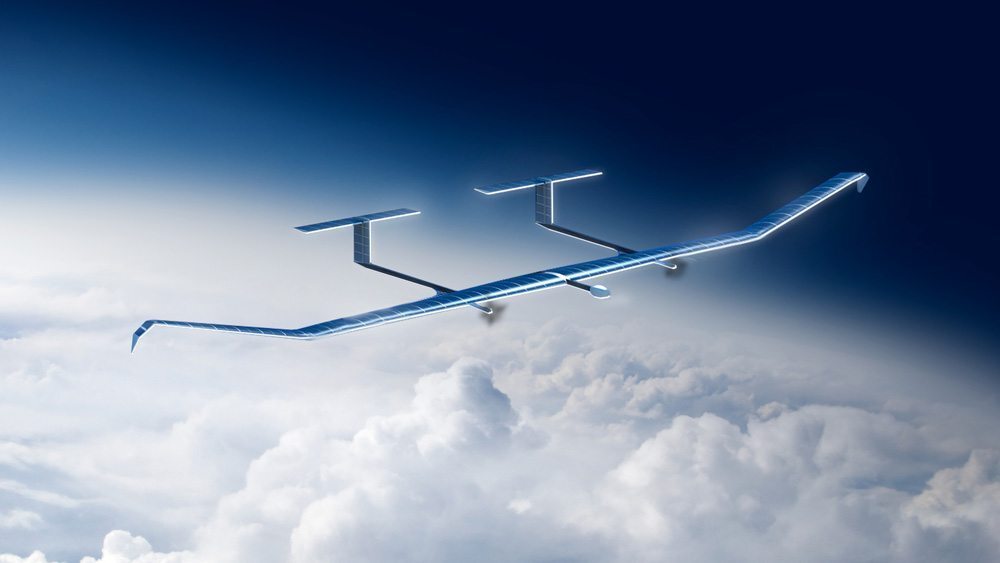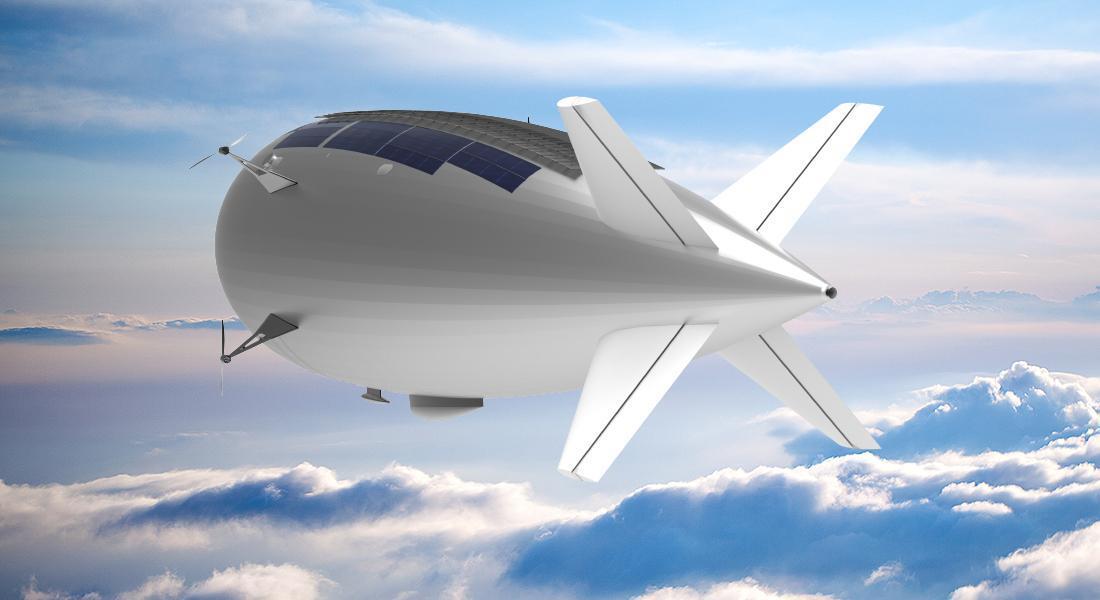For years, high-altitude unmanned aircraft and airships that can loiter on the edge of space have been under development, but who will use them when they come online? One major prospect is ESA, which sees these High Altitude Pseudo-Satellites (HAPS) as the "missing link" between drones and satellites that can remain on station longer than the former while providing better resolution than the latter and keep watch over an area of 785,000 km² (300,000 mi²).
Last month, ESA conducted an inaugural workshop on HAPS, also called High Altitude Long-Endurance (HALE) aircraft. The meeting of aerospace industry experts as well as potential customer representatives, like the European Defence Agency, EU border management agency Frontex, and EU Copernicus environmental monitoring services, looked at the potential of the new technology and how best to employ it.
"This was the first meeting of its kind in Europe, with more than 200 HAPS experts," says Juan Lizarraga Cubillos from ESA's telecoms area. "We heard from them on the needs, opportunities and critical issues within the field, particularly as a complement for existing satellite services, to start preparing a future ESA program."

The space agency is interested in HAPS because it combines many of attributes of drones and satellites. Like a satellite, a HAPS vehicle can cover a large area because it operates at altitudes of about 20 km (12 mi), which places it above clouds, jet streams and winds in general, and commercial airliners.
However, a HAPS flyer sits over 320 km (200 mi) lower than satellites, so it can produce images of similar high resolution to a drone and, like a drone, HAPS vehicles can remain on station for a very long time – weeks or even months at a time without refueling. This means they can not only be used for remote sensing, but also for high-bandwidth communications and as a backup for GPS and other satellite navigation systems in remote areas or terrain that blocks mobile or satnav signals.
In addition, communications with HAPS vehicles don't suffer from the time lag that satellites must take into account. They are also, unlike satellites and drones, ideal for setting up temporary or even semi-permanent communications and navigation nodes in the event of wars and natural disasters.

"ESA is looking into how these various domains can be best brought together," says Earth observation specialist Thorsten Fehr. "We've been looking into the concept for the last 20 years but now finally it's becoming reality. That's come about through the maturing of key technologies: miniaturized avionics, high-performance solar cells, lightweight batteries and harness, miniaturization of Earth observation sensors and high-bandwidth communication links that can deliver competitively priced services."
ESA says that there are already a number of candidate systems that could meet the agency's needs. These include Airbus's Zephyr-S winged, solar-powered drone that set a world record in 2010 when it remained in the air for 14 days without refueling, the Zephyr-T that can carry larger payloads, the fuel cell-powered Thales Alenia Space Stratobus that is scheduled to make its first flight in 2021 and can carry 250 kg (550 lb) of payload, as well as many other vehicles.
"We have to fly them," says Alvaro Rodriquez of the EU's Satellite Centre. "The technology is there, all the ingredients are there, now it's time to mix them into a nice recipe."
Source: ESA









